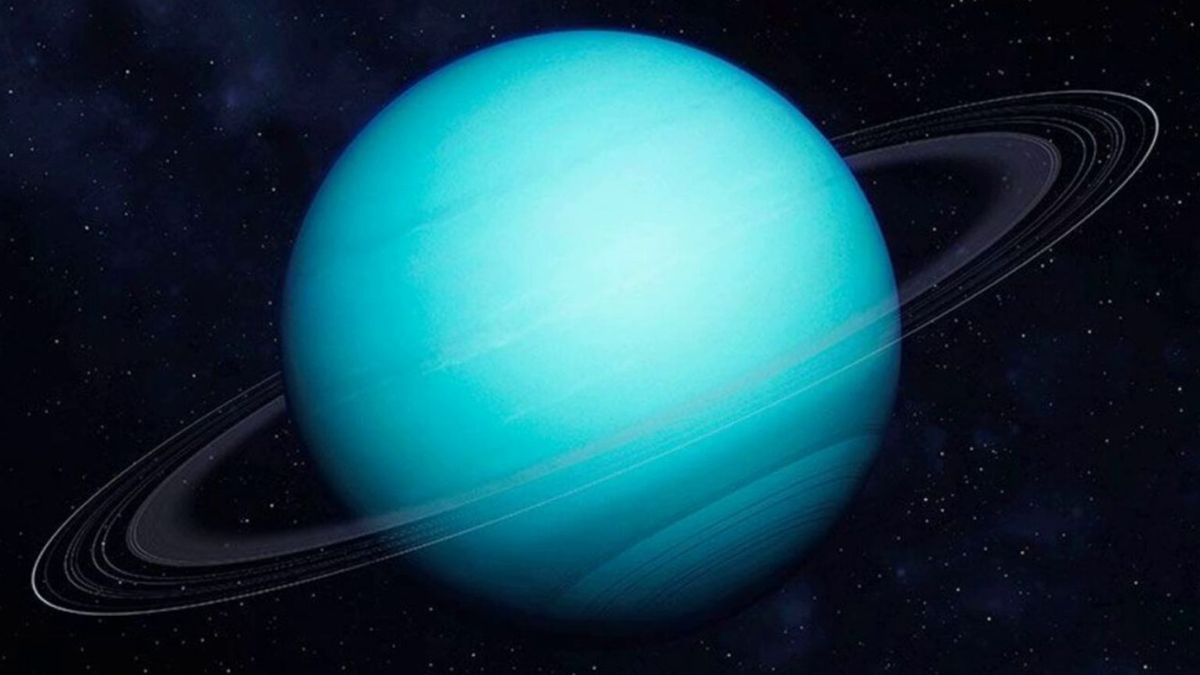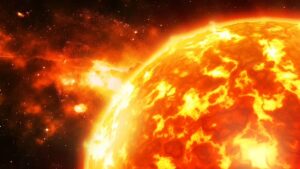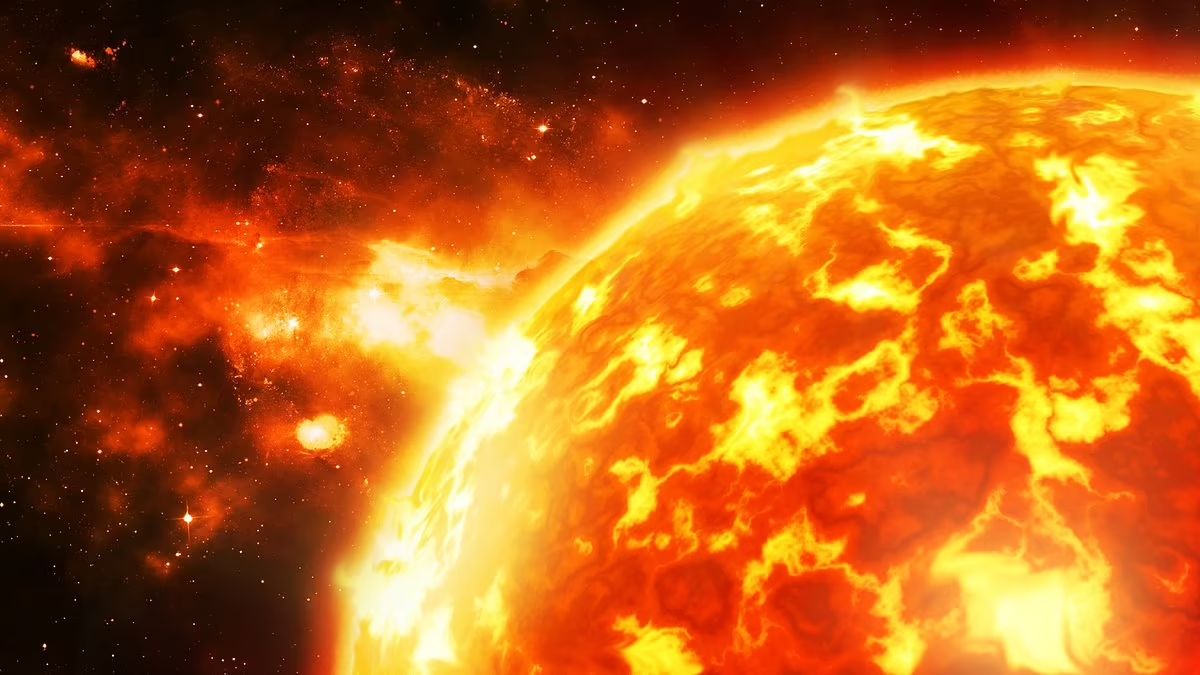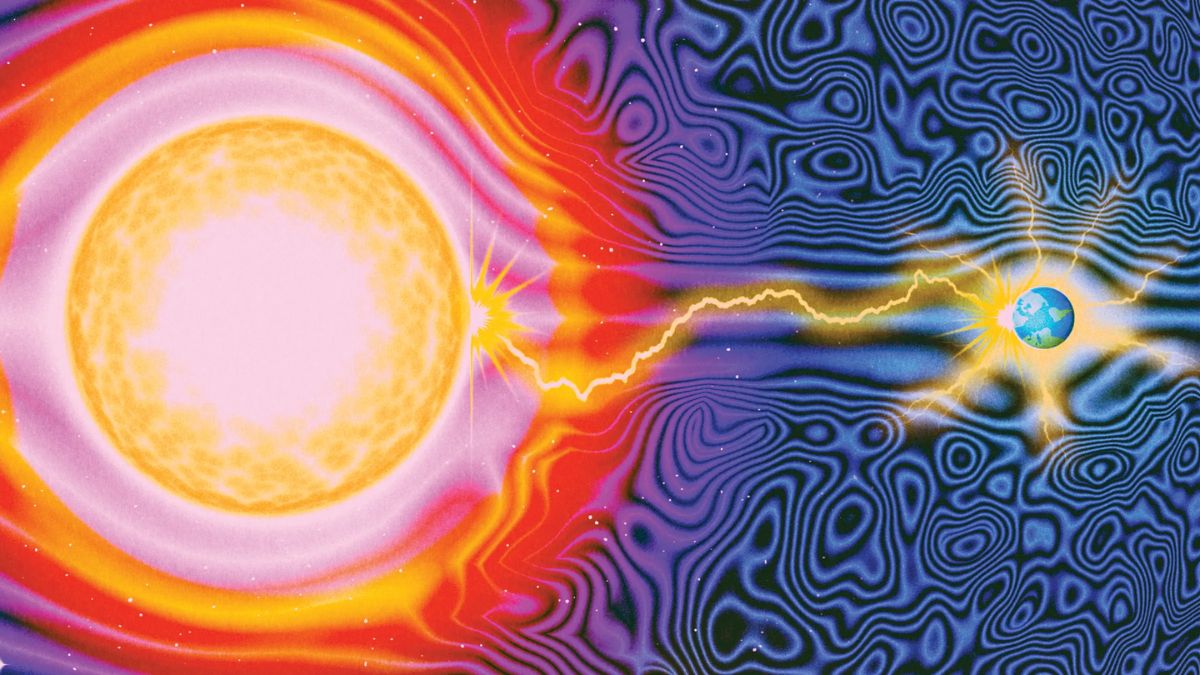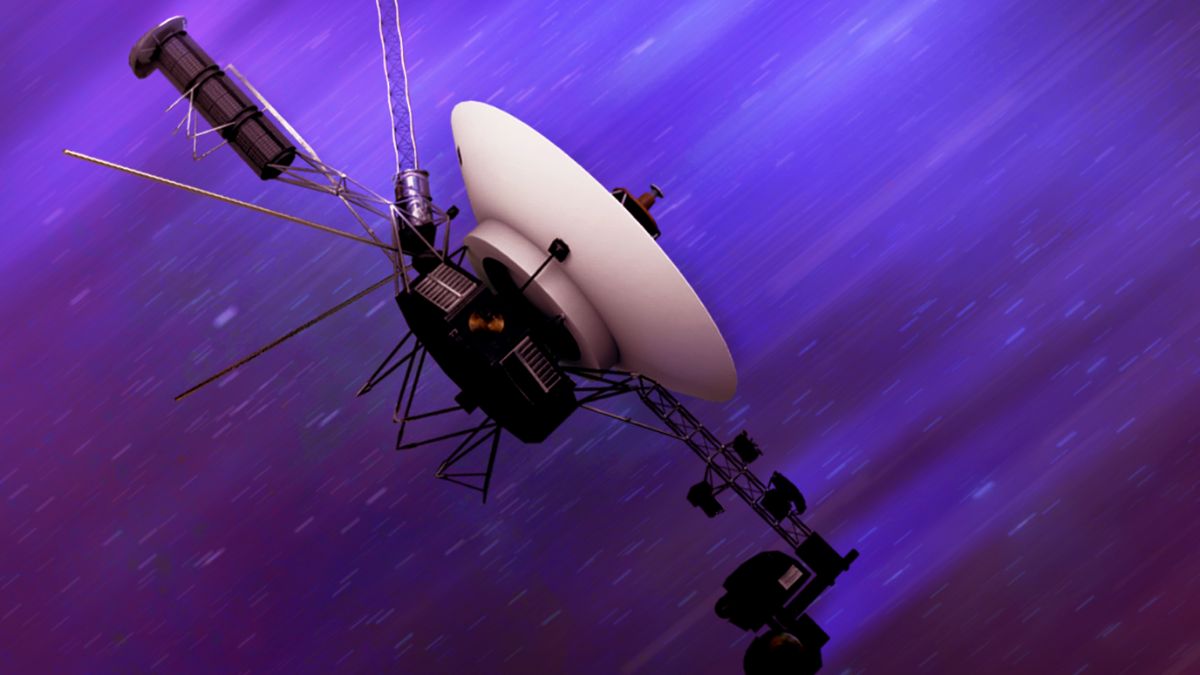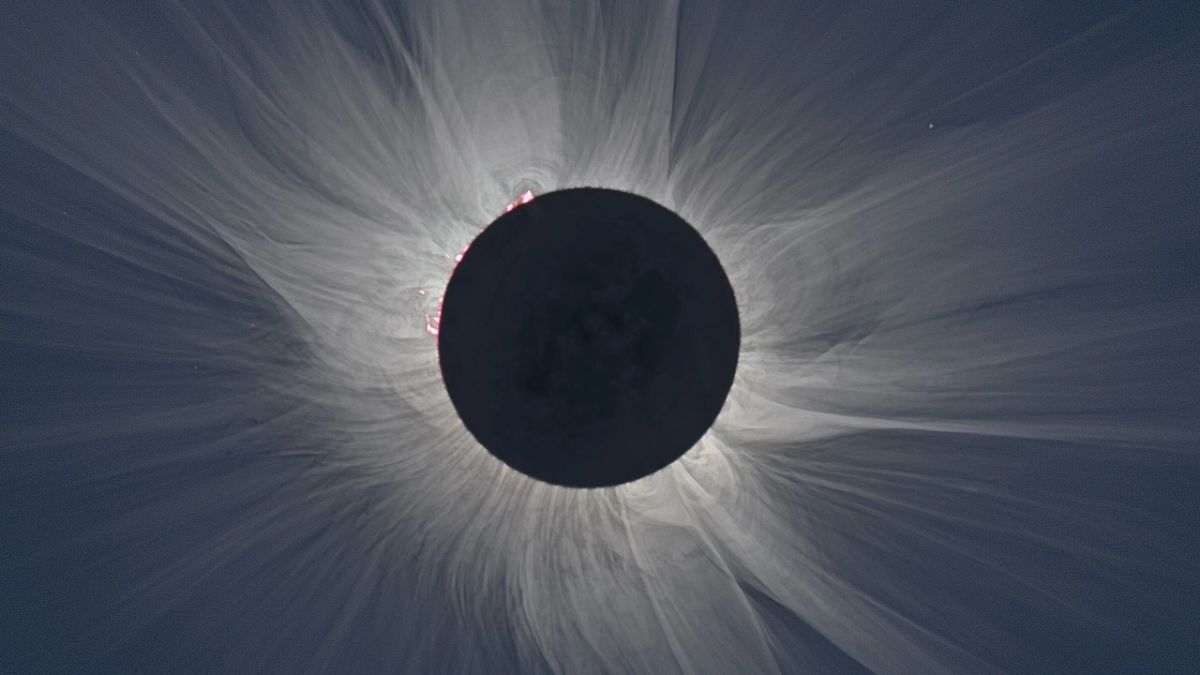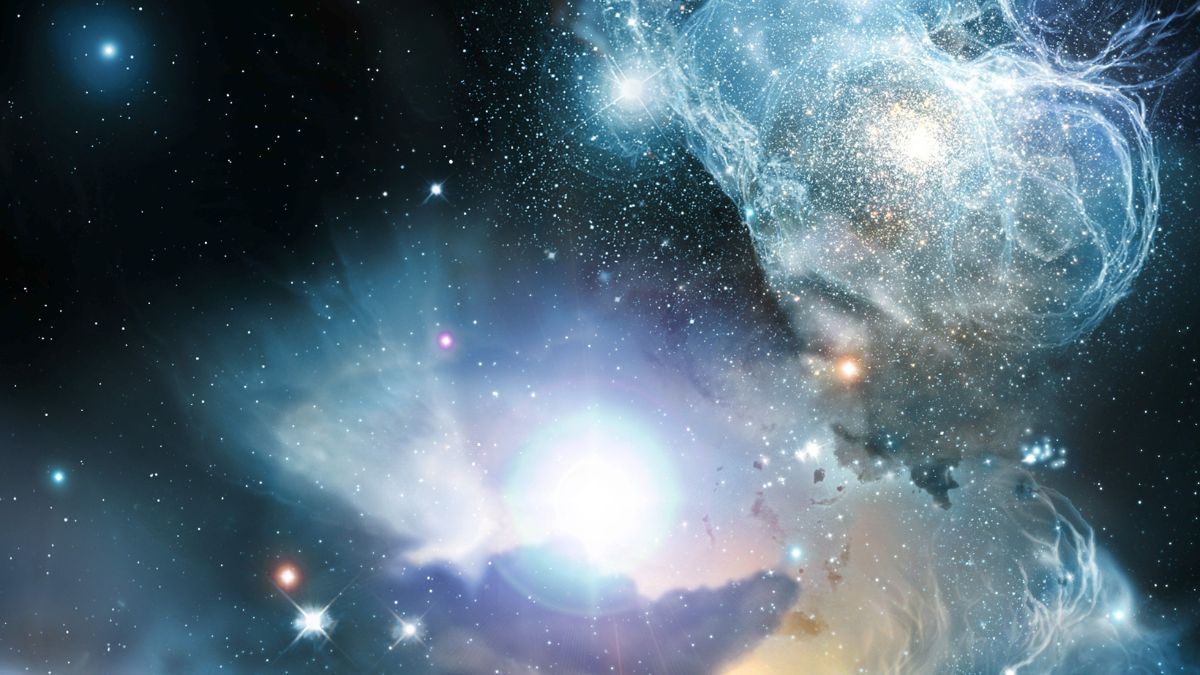Last April, the universe handed astronomers a rare opportunity: a perfect alignment between Earth, Uranus, and a distant star over 400 light-years away.
This rare cosmic event, known as a “stellar occultation,” allowed NASA to take its closest look at Uranus in decades. For scientists, it was like catching a sneak peek behind the curtains of one of the most mysterious planets in our solar system.
Let’s cut into what happened, why it matters, and what it means for future space exploration.
Alignment
A celestial alignment sounds dramatic—and it kind of is. It occurs when planets, the Moon, or even the Sun appear to line up in the sky from our point of view on Earth. These alignments don’t mean the objects are actually in a straight line in space (remember, space is three-dimensional), but they look aligned from where we are standing.
These events include things like planetary conjunctions or lunar alignments. And sometimes, when the alignment is just right, we get a stellar occultation.
Occultation
So, what’s a stellar occultation? Imagine you’re watching a distant star, and suddenly another celestial object—like Uranus—passes in front of it, blocking the star’s light for a moment. This gives astronomers a unique opportunity to study the object in the foreground by analyzing how the star’s light bends, dims, or behaves as it passes through the planet’s atmosphere or rings.
It’s like an eclipse, but instead of watching the Moon cover the Sun, you’re watching a star disappear behind a planet.
Duration
This particular occultation only lasted about an hour. That might not seem like much, but it was enough to get incredibly valuable data. While to the naked eye it looked like a star simply vanished, for scientists it was a data-rich moment.
Using the light curve—the way the star’s light changed during the occultation—astronomers could analyze the various layers of Uranus’s atmosphere. They measured temperature, pressure, and density—something that hadn’t been done since the Voyager 2 flyby in 1986.
Collaboration
This event was only visible from North America, so NASA’s Langley Research Center teamed up with 30 international astronomers across 18 observatories. It was a massive global collaboration, all working in sync to capture this fleeting moment. Even NASA’s Infrared Telescope Facility (IRTF) in Hawaii joined in, led by postdoc Emma Dahl from Caltech.
It was the first time a team of this size came together specifically for an occultation of Uranus. Considering the last time this happened was back in 1996, it was a pretty big deal.
Rehearsal
Months before the actual event, in November 2024, researchers held a full-scale “rehearsal” in Asia. Using telescopes in Thailand and Japan, they calibrated their equipment, fine-tuned their predictions, and narrowed down the exact positioning of Uranus with an accuracy of just 200 kilometers. That prep work paid off when the real show happened in April.
Discoveries
While the atmosphere of Uranus was the main focus, scientists also used this chance to study the planet’s rings and how they interact with its atmosphere. The data also helped refine our knowledge of Uranus’s orbit and gave clues about atmospheric turbulence.
All this from just an hour of stargazing? Yes. When you’re looking at light curves and star shadows with the right tools, a lot can be learned in very little time.
Here’s a summary of key details from the April event:
| Observation Detail | Info |
|---|---|
| Event Type | Stellar Occultation |
| Planet Involved | Uranus |
| Duration | ~1 hour |
| Visibility | North America |
| Team Size | 30 astronomers, 18 observatories |
| Last Similar Event | 1996 |
| Data Collected | Atmosphere, rings, orbital refinement |
Importance
Why does this matter? Because Uranus is still one of the most mysterious planets in our solar system. It’s nearly 3.2 billion kilometers from Earth, and while we know it’s an ice giant made mostly of hydrogen, helium, and methane, there’s still so much we don’t understand about its weather, magnetic field, and internal composition.
These new observations help determine if the climate has changed since the 1980s and offer insights for future space missions.
Future
NASA is already looking ahead. While Uranus will pass in front of other stars in the coming years, most of these events will be less dramatic. However, in 2031, scientists expect a much brighter and longer occultation. It could offer an even clearer look at this chilly giant and possibly unlock more of its secrets.
Mystery
Uranus is a fascinating planet with an atmosphere that’s more stable than it appears and rings that scientists are still trying to fully understand. Beneath its pale blue exterior lies a thick, icy mix of water, ammonia, and methane—no solid surface in sight.
Occultations like this are rare windows into that world, allowing scientists to peek through layers of cloud and gas to know how these distant giants work. They are snapshots of science in action—and perhaps previews of space missions still to come.
FAQs
What is a stellar occultation?
When a planet or object passes in front of a distant star.
Why was Uranus studied during the occultation?
It helped reveal details about its atmosphere and rings.
How long did the event last?
Roughly one hour of valuable observation time.
Was the occultation visible globally?
No, it was only visible from North America.
When is the next major occultation?
A brighter one is expected in the year 2031.

